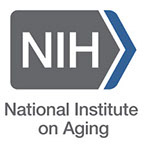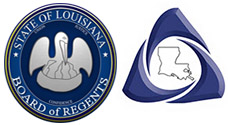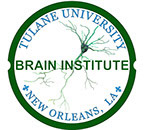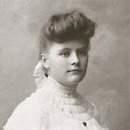Research Projects
The decline in brain performance occurring during aging negatively impacts the degree of independence, number of injuries, and fatal accidents of normally aging people. Unfortunately, the neural mechanisms mediating this progressive decline are poorly understood. Our studies show increased number and reduced stability of dendritic spines in somatosensory cortex of aged mice. Using in vivo two-photon imaging we study if dendritic spines of pyramidal neurons are differentially affected by age in different cortical areas, and if the brain’s ability to create long-lasting synaptic contacts is reduced with aging. We also investigate the synaptic dynamics associated with experience and learning of new tasks to test the hypothesis that the old brain uses different strategies than the young brain to store and recall information
We are investigating the effects on cortical circuits of the progressive deposition of amyloid beta characteristic of the pathology of Alzheimer's disease . We are studying the alterations in somatosensory and motor cortical circuit functionality and in the formation of new synaptic contacts throughout the progression of the disease to provide a foundation for understanding the mechanisms responsible for the deviation from healthy brain aging to the pathological states of AD
Glioblastoma multiforme (GBM) is a highly malignant brain tumor. It represents ~15.4% of all brain tumors, and its incidence increases with age. The molecular mechanisms underlying its growth and dissemination are still not known. In collaboration with Drs. Reza Izadpanah and Bysani Chandrasekar we are studying the short and long term effects of silencing TRAF3IP2 in GBM growth, development, and dissemination in a mouse model in vivo
Since its advent in neuroscience in 2005, optogenetic techniques, consisting in the use of light to modulate the activity of neurons that have been induced to express light-sensitive ion channels or pumps have been applied to a wide range of neuroscience research. It is valuable for deconstructing circuits in vitro or in anesthetized animals, but it also provides a new dimension to studies involving awake animals and behavior. Recent applications include, for example, the use of optogenetics as a tool to interrupt seizures in rats and to promote functional recovery after stroke. There are a few critical limitations to the design of current studies, however. The animals must be tethered to a fiber optic cable in order to receive optical stimulation. For this reason, the neurons can only be stimulated in a certain environment, such as a cage equipped with multimode optical fibers and access to often bulky light sources like ultrahigh power LEDs or solid state lasers. Under these conditions neural modulation cannot be truly continuous over the long-term. Additionally, eliciting stimulation is at the discretion of the investigator in most cases. This device would allow for reliable optical stimulation of opsin-expressing neurons throughout multi-day experiments, even while the mouse remains in its home cage environment.
Collaborators
|
|
|
 Dr. Quincy Brown Dr. Quincy BrownAssistant Professor Department of Biomedical Engineering Tulane University Website
|
|
|
|
|
|
|
|
|
|
|
Funding
 Dr. Sarah Lindsey
Dr. Sarah Lindsey
 Dr. Bruce A. Bunnell
Dr. Bruce A. Bunnell Dr. Jonathan Fadok
Dr. Jonathan Fadok Dr. Hua Lu
Dr. Hua Lu Dr. Laura Schrader
Dr. Laura Schrader Dr. Reza Izadpanah
Dr. Reza Izadpanah Dr. Bysani Chandrasekar
Dr. Bysani Chandrasekar Dr. Julian Romero Paredes
Dr. Julian Romero Paredes



